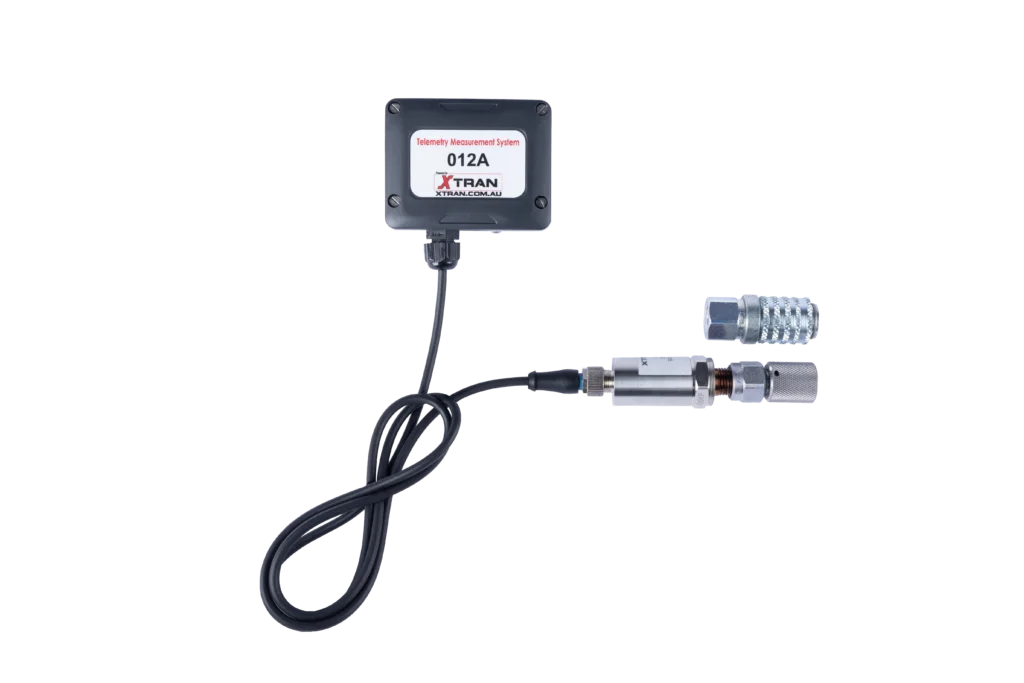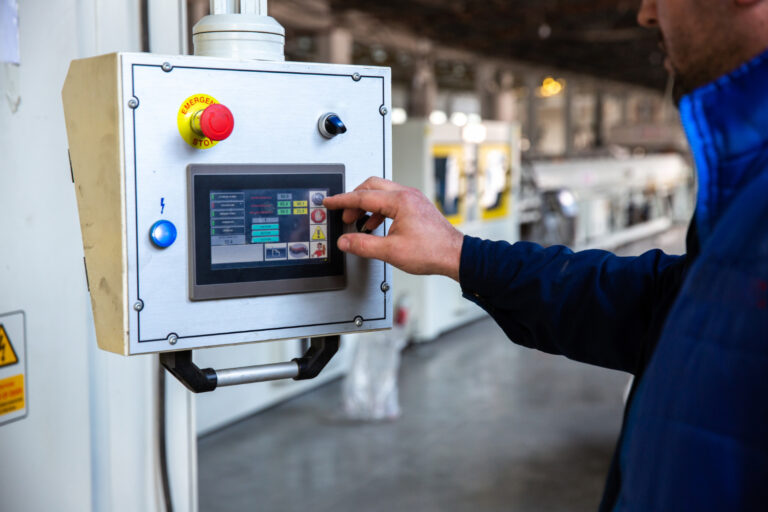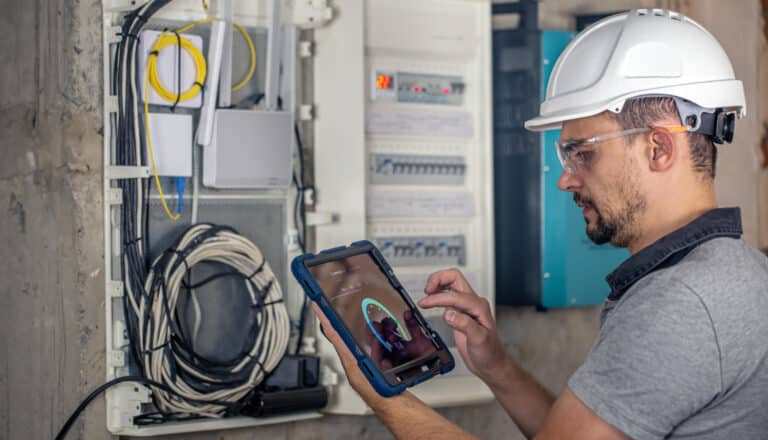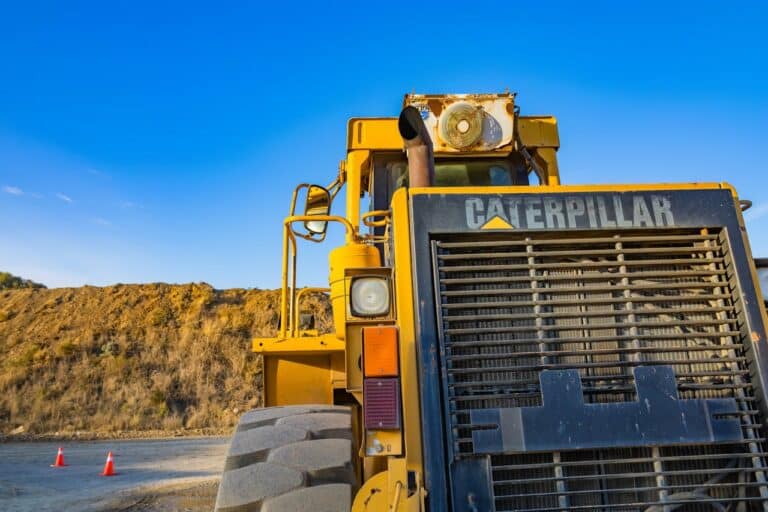Monday - Thursday 9AM - 5PM | Friday 9AM - 4PM
How Environmental Regulations Impact Air Pressure Sensor Demand

Air pressure sensors play a critical role in modern technology, enabling precision and safety across various industries. As environmental awareness grows and governments implement stricter regulations, these sensors are becoming more integral than ever. From ensuring compliance with emission standards to facilitating sustainable energy solutions, air pressure sensors are at the forefront of helping industries meet evolving environmental demands. In this article, we explore how environmental regulations are driving the rising demand for air pressure sensors and reshaping their applications across sectors.
The Role of Environmental Regulations
Environmental regulations are designed to reduce the negative impact of industrial and commercial activities on the environment. These policies often focus on areas such as air quality, emissions control, energy efficiency, and waste management. For industries to comply with these regulations, accurate monitoring and control of processes are essential—and this is where air pressure sensors come into play.
Key Industries Affected by Environmental Regulations
1. Mining
The mining industry is subject to stringent environmental regulations aimed at reducing emissions and minimising ecological disruption. Air pressure sensors are vital for:
- Ventilation Monitoring: Ensuring adequate airflow in underground mines to maintain air quality and reduce harmful gas build-up.
- Dust Suppression Systems: Monitoring pressure in systems designed to minimise particulate emissions.
- Equipment Optimisation: Maintaining optimal performance of heavy machinery while reducing fuel consumption and emissions.
By enabling more efficient operations and compliance with regulations, air pressure sensors are indispensable in modern mining practices.
2. Construction
Construction activities contribute to air pollution through emissions from machinery and dust generation. Environmental regulations often mandate measures to mitigate these effects. Air pressure sensors are utilised in:
- Emission Control Systems: Monitoring and controlling exhaust emissions from construction equipment.
- Dust Suppression: Regulating pressure in systems that minimise airborne particulates at construction sites.
- Energy Efficiency Monitoring: Ensuring optimal performance of machinery to reduce energy consumption and emissions.
As governments enforce stricter building and environmental codes, the use of air pressure sensors in construction is steadily increasing.
3. Agriculture
Sustainable farming practices are encouraged by environmental policies aimed at reducing the carbon footprint of agriculture. Air pressure sensors contribute to these efforts by:
- Optimising Irrigation Systems: Monitoring and controlling water pressure to conserve resources and minimise runoff.
- Reducing Equipment Emissions: Ensuring tractors and other machinery operate efficiently with lower emissions.
- Greenhouse Management: Maintaining precise air pressure and climate conditions for optimal crop growth.
These applications help farmers comply with environmental regulations while improving operational efficiency.
4. Industrial Manufacturing
The industrial sector faces some of the most comprehensive environmental regulations, particularly concerning emissions and energy use. Air pressure sensors are integral to:
- Process Control: Monitoring and managing air and gas pressures to optimise manufacturing processes and minimise waste.
- Emission Monitoring: Ensuring compliance with regulations by tracking and reducing harmful emissions.
- Energy Efficiency Initiatives: Enhancing the efficiency of compressed air systems and other energy-intensive equipment.
By supporting greener manufacturing practices, air pressure sensors help industries align with environmental goals.
Innovations Driven by Environmental Compliance
The growing emphasis on environmental compliance has spurred innovation in air pressure sensor technology. Key advancements include:
- Improved Accuracy: Enhanced precision for monitoring emissions and ensuring adherence to strict standards.
- IoT Integration: Real-time data transmission and analytics for better environmental monitoring and predictive maintenance.
- Durability in Harsh Environments: Sensors designed to withstand extreme conditions in industries like mining and construction.
- Energy Efficiency: Low-power sensors that align with sustainability goals.
These innovations make air pressure sensors even more valuable in meeting regulatory demands and driving sustainable practices.
The Future of Air Pressure Sensors in a Regulated World
As environmental regulations continue to evolve, the demand for air pressure sensors will only grow. Key trends shaping the future include:
- Global Harmonisation of Standards: Increasing consistency in environmental policies worldwide will drive uniform adoption of sensor technologies.
- Expansion of Renewable Energy: Air pressure sensors will play a vital role in optimising systems like wind turbines and hydrogen fuel cells.
- Focus on Circular Economies: Industries adopting waste reduction and resource optimisation practices will rely on sensors for precise monitoring and control.
Conclusion
Environmental regulations are reshaping the industrial landscape, placing greater emphasis on sustainability and compliance. Air pressure sensors have emerged as indispensable tools in helping industries meet these challenges. From mining and construction to agriculture and industrial manufacturing, their applications are vast and varied. As regulations become more stringent and innovation continues, air pressure sensors will remain at the forefront of enabling a cleaner, greener future.



